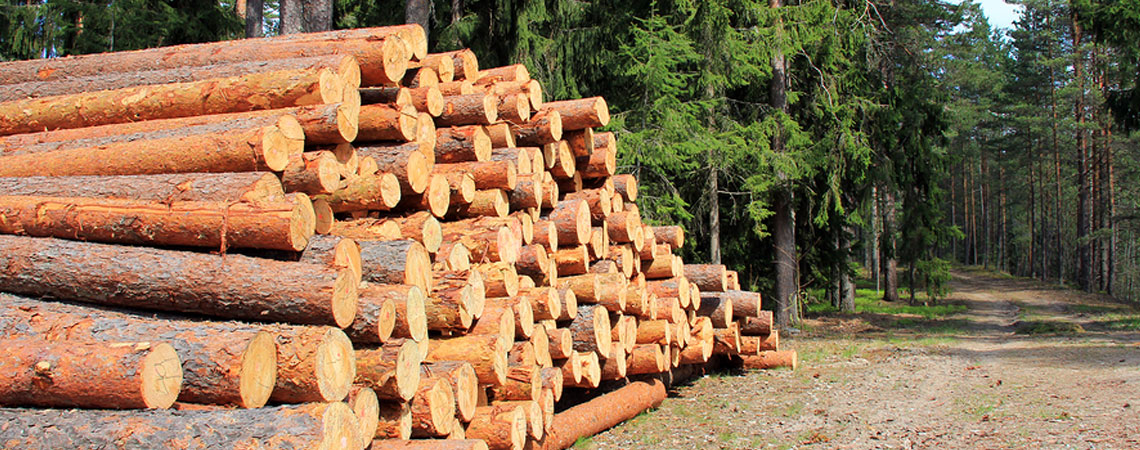
The demand for a higher quality and more professional finish in timber floors in Western Australia has been rapidly expanding in the last decade. Many customers and businesses are looking for more than just a floor, but a well crafted piece of work that is unique to their home. Older traditional finishes such as high gloss solvent polyurethane produce a durable plastic style coating, and while technology has improved, the factors of high toxins and long term yellowing in the finish still remain. However, water based polyurethane products have dramatically improved over the last 5 years in Australia eliminating this issue.
Australia’s forest management is among the best in the world in terms of conservation reserves and codes of practice for production forests. Only 6% of Australia’s 147 million hectares of native forests is public forest potentially available for timber harvesting. Timber is harvested from about 1% of these public native forests each year. The forests of Western Australia’s south west are carefully managed to protect all the values of the forest, including old-growth and biodiversity values. There is an extensive National Parks and Nature Reserves system, as well as provision for recreation and tourism, including the world-famous Walpole Treetop Walk. These forests also support a strictly limited, sustainable harvest of native hardwoods.

Bamboo has gained a reputation as an eco-friendly, highly renewable source of material. As a grass, bamboo grows much faster than wood. Moso Bamboo is the primary species used for the manufacturing of flooring and plywood. Moso bamboo can grow up to 1 meter in 24 hours and 24 metres high in 40 to 50 days. It takes about 3-5 years for bamboo to reach full maturity. Traditional hardwoods can take 20-120 years to mature.
Bamboo can be harvested without the need to replant because the root system is left intact when it is harvested. The rhizome root structure has the ability to hold the soil in place preventing erosion. Rhizome root structures are horizontal stems that grow below the surface and help a plant reproduce vegetatively. Plants with rhizomes will colonize or spread laterally. In a sustainably harvested forest only 20% of the forest is harvested annually allowing for 100% harvest in a five year period. In its natural environment it will need no irrigation, no pesticides, and no fertilizer. Bamboo has few pests so pesticides are not required. Bamboo certified to the standards of the Forest Stewardship Council (FSC) meets criteria for environmental sustainability and social responsibility, and several flooring products are available with this option. Bamboo can sequester up to 70% more carbon per year than a hardwood forest. All these factors keep the carbon footprint low.
